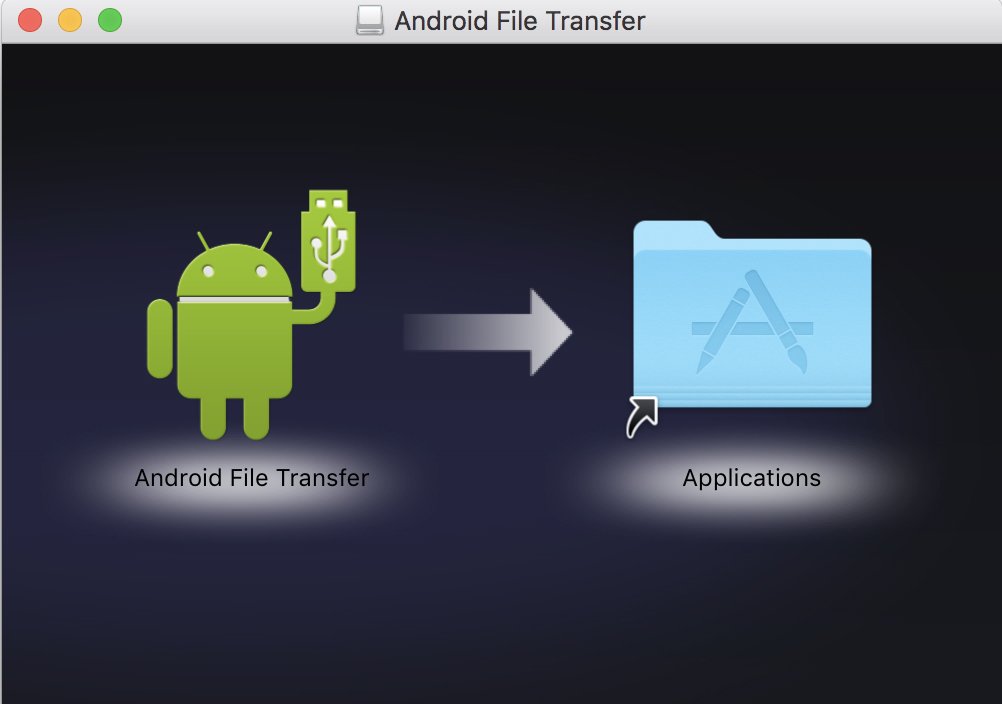Working with data often feels like stepping into a room filled with uncut gemstones. They hold value, but their brilliance is not immediately visible. Feature construction is the craft of reshaping these rough stones into sparkling artefacts that reveal hidden stories. Instead of relying on surface-level patterns, this process carves, polishes and reimagines variables so models can see relationships that were once invisible. Many learners discover this transformative skill while expanding their analytical capabilities through structured learning such as a data science course in Kolkata, which encourages thinking beyond raw numbers and into the territory of engineered insight.
Turning Raw Variables into Meaningful Dimensions
Feature construction begins when we realise that the raw data is only the skeleton of knowledge. The muscles, joints and connective tissues are features we create to help machine learning systems move with intelligence. Consider an e-commerce dataset. A simple variable such as “timestamp” might appear mundane, yet with constructive thinking, it can be split into weekend identifiers, seasonal markers or customer activity cycles. These new dimensions become interpretable signals instead of inert entries. Analysing behaviour in this form allows models to spot morning shoppers, festival-driven patterns or high-value customer windows that raw variables never reveal.
Mathematical Transformations that Reveal Hidden Depths
Sometimes, revealing structure requires reshaping the numbers themselves. Mathematical transformations act like sculpting tools used to smooth imbalances or extract deeper meaning. Techniques such as logarithmic scaling, polynomial expansion or square root adjustments help highlight relationships that were previously overshadowed by extreme values or irregular distributions. For instance, income data often benefits from logarithmic transformation to reduce skewness and amplify subtle behaviour among middle-range earners. Polynomial features can uncover curvature in price and demand dynamics. These refined variables give algorithms a clearer stage to perform on, improving interpretability and accuracy.
Encoding Techniques that Give Voice to Categorical Data
Categorical values often sit silently in datasets, unable to speak in the language of algorithms. Feature construction offers them a structured voice. Techniques such as one-hot encoding, target encoding and frequency encoding translate categories into meaningful vectors. Imagine a retail dataset where product categories include hundreds of niche labels. By assigning frequency-based representations or target-linked averages, we allow the model to perceive which categories correlate strongly with high sales or customer satisfaction. The transformation breathes life into labels that were once static, enabling the learning system to recognise subtle correlations within these groups.
Creating Interaction Features that Capture Real Relationships
Many of the most powerful insights emerge not from individual variables but from how they interact. Interaction terms act like threads weaving separate strands of data into a cohesive narrative. By multiplying or combining variables such as price and discount percentage, age and income bracket or time spent and click-through rate, we expose relationships that single columns hide. Interaction features are particularly impactful in fields like finance and marketing where combined behaviours often tell the real story. Models equipped with such features appear more human in their understanding, recognising compound behaviours rather than isolated numbers.
Domain-Driven Feature Construction for Real-World Relevance
While mathematics and encoding provide structure, domain knowledge provides purpose. Subject matter expertise guides the creation of variables that mirror real-world behaviour. In fraud detection, constructing features such as transaction velocity or location deviation can dramatically improve prediction accuracy. In healthcare, engineering features like symptom progression rate or treatment response intervals reveal patterns that raw records fail to communicate. This blend of intuition and structure turns routine data into a living ecosystem of insights. Many organisations encourage their teams to explore these methods formally, often through advanced learning resources like a data science course in Kolkata, which embeds practical exposure into theoretical foundations.
Conclusion
Feature construction is not a mechanical task but a creative discipline built on curiosity, problem understanding and the desire to reveal deeper truths hidden within raw variables. Like an artisan shaping raw material into elegant forms, the analyst crafts new structures that honour the complexity of real-world behaviour. Through mathematical transformations, encoding strategies, interaction features and domain-aware innovation, data becomes more expressive and more aligned with the models that seek to understand it. When done effectively, this craft elevates both accuracy and interpretability, turning ordinary datasets into engines of insight.




